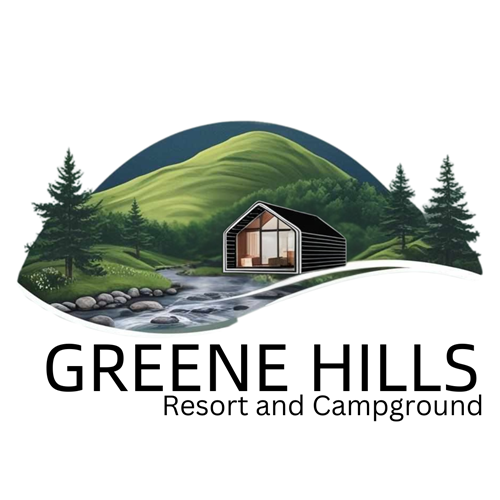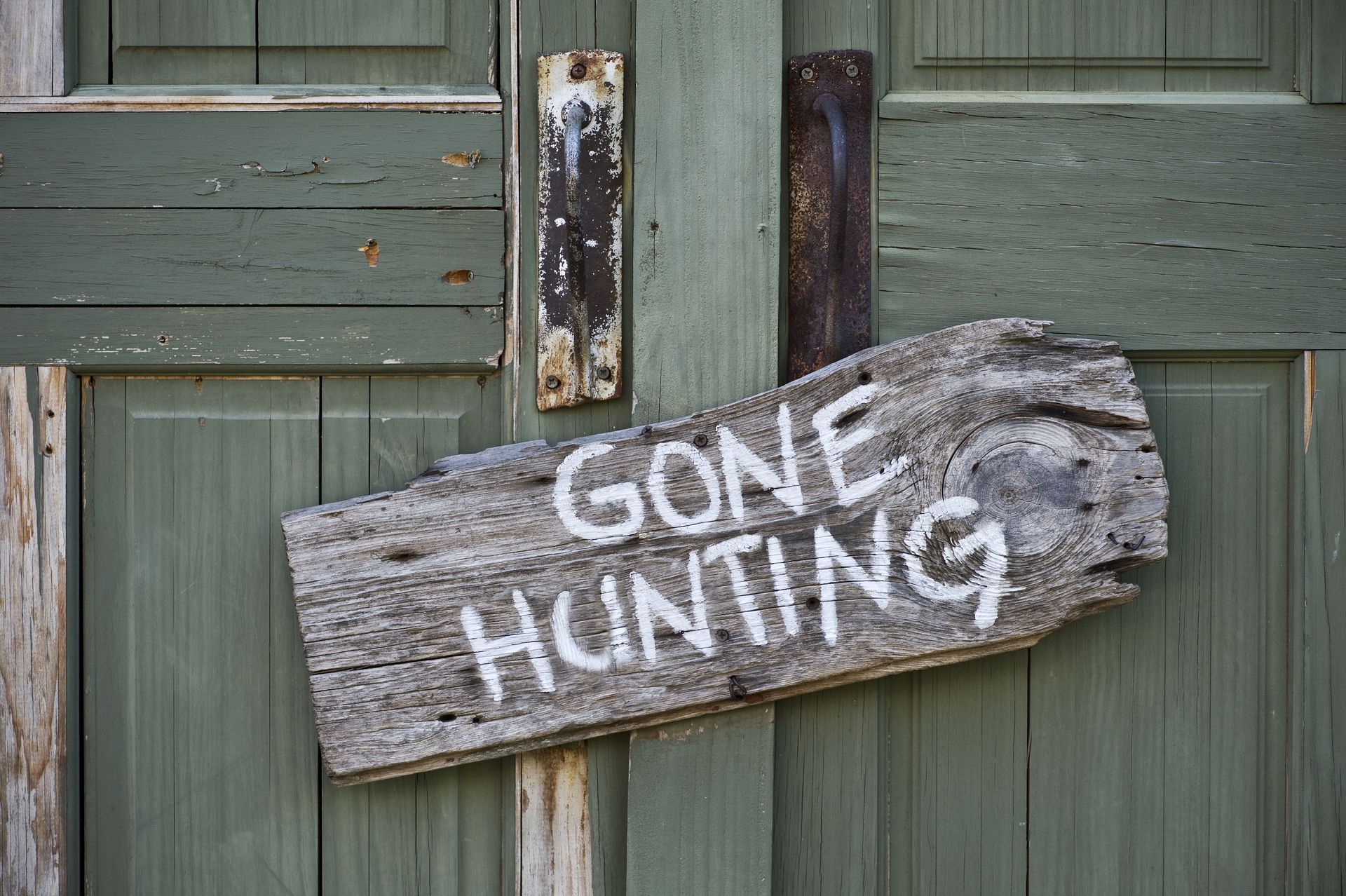
The Greene Hills Guide to Hunting in Central, Pennsylvania
The wilds of the Appalachian landscape are home to a diversity of game, making Central Pennsylvania one of the best hunting grounds in the world. Deer, turkey, bears, and small game abound in the dense forests and mountainous terrain, offering year-round opportunities for hunters at every skill level.
At Greene Hills Resort and Campground, we know that hunting isn’t just a sport, but a way of life. To help you get ready for the next hunting season, here’s a guide on hunting in Central Pennsylvania.
Who is this for?
Hunters and outdoorsmen planning a hunting trip in Central, Pennsylvania
Jump to Section:
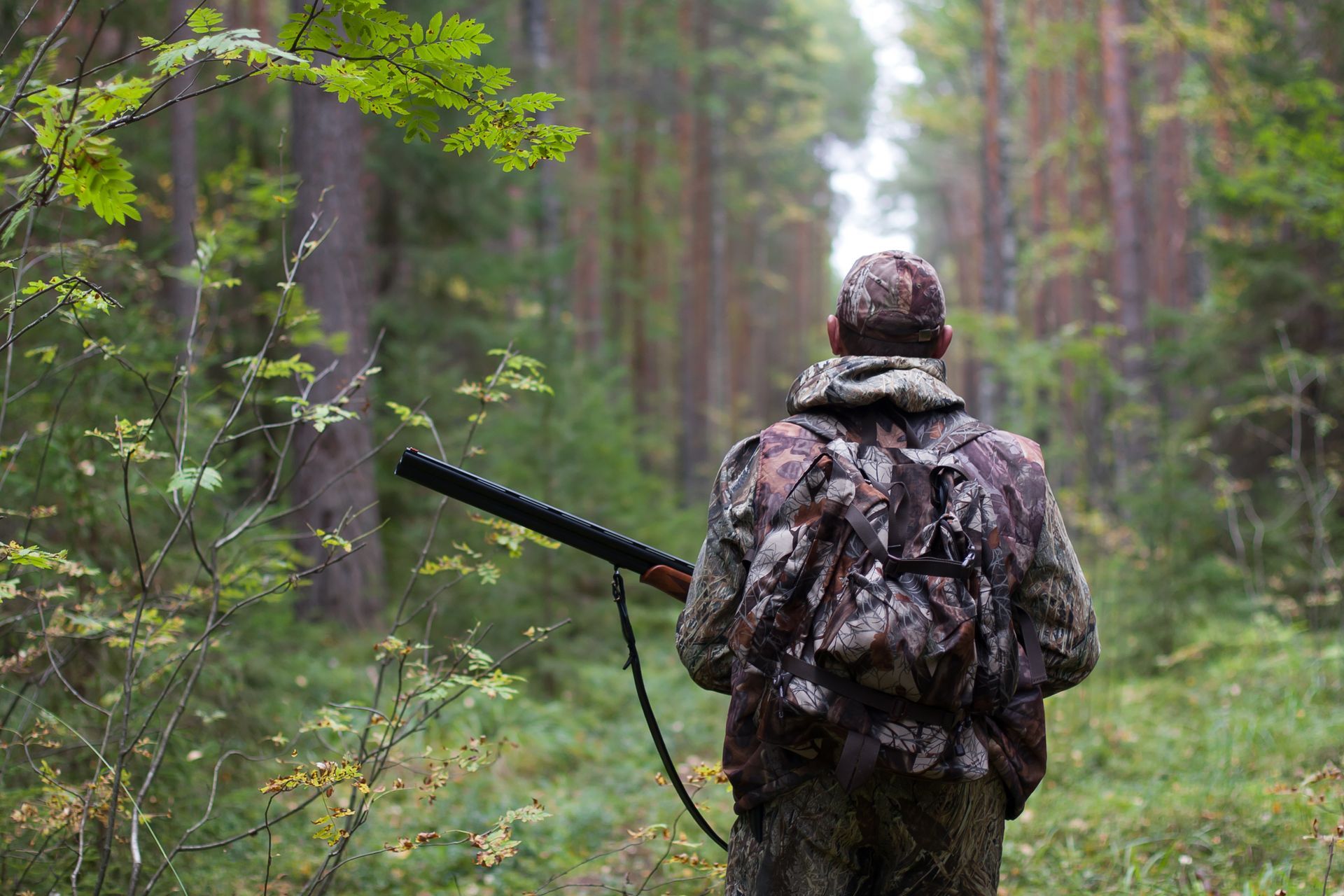
Lay of the Land
Key features of the terrain around our home base in Alexandria are rolling ridges, mixed hardwood forests, fertile valleys, and winding creeks. This habitat supports thriving populations of white-tailed deer, black bear, wild turkey, grouse, and other game species like snowshoe hare and cottontails, but it’s not without its challenges.
Unique Challenges:
- Dense coverage can make tracking game difficult
- Rugged slopes test endurance and require surefooting to avoid injury
- The climate can cause unexpected storms that could become dangerous
- Unexpected temperature fluctuations can make the experience uncomfortable
Hunting Lands
Hunting opportunities are spread across state game lands, state forests, and private lands. Access breaks down as follows:
- State Game Lands (aka Public Hunting Grounds): Managed for wildlife and open to licensed hunters.
Maps are available from the Game Commission.
- State Forests: Generally open to hunting, though some areas may have specific restrictions. Check each State Forest for their specific seasons and regulations.
- Private Lands: Permission from the landowner is mandatory. Hunters are expected to leave gates, fences, and fields as they found them.
Greene Hill Resort has nearby access to public hunting grounds. We even offer
hunting packages for hunters looking for the perfect home base.
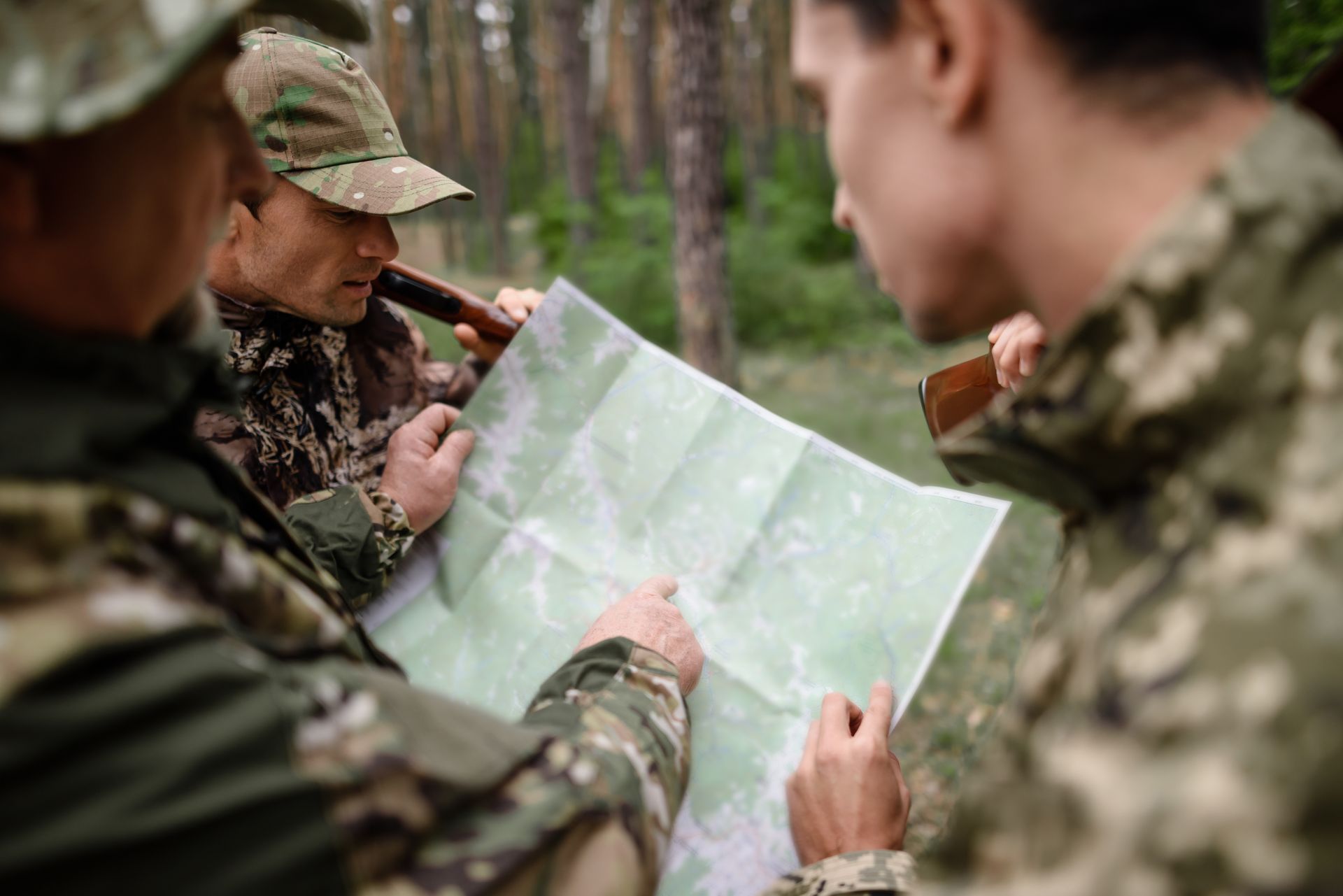
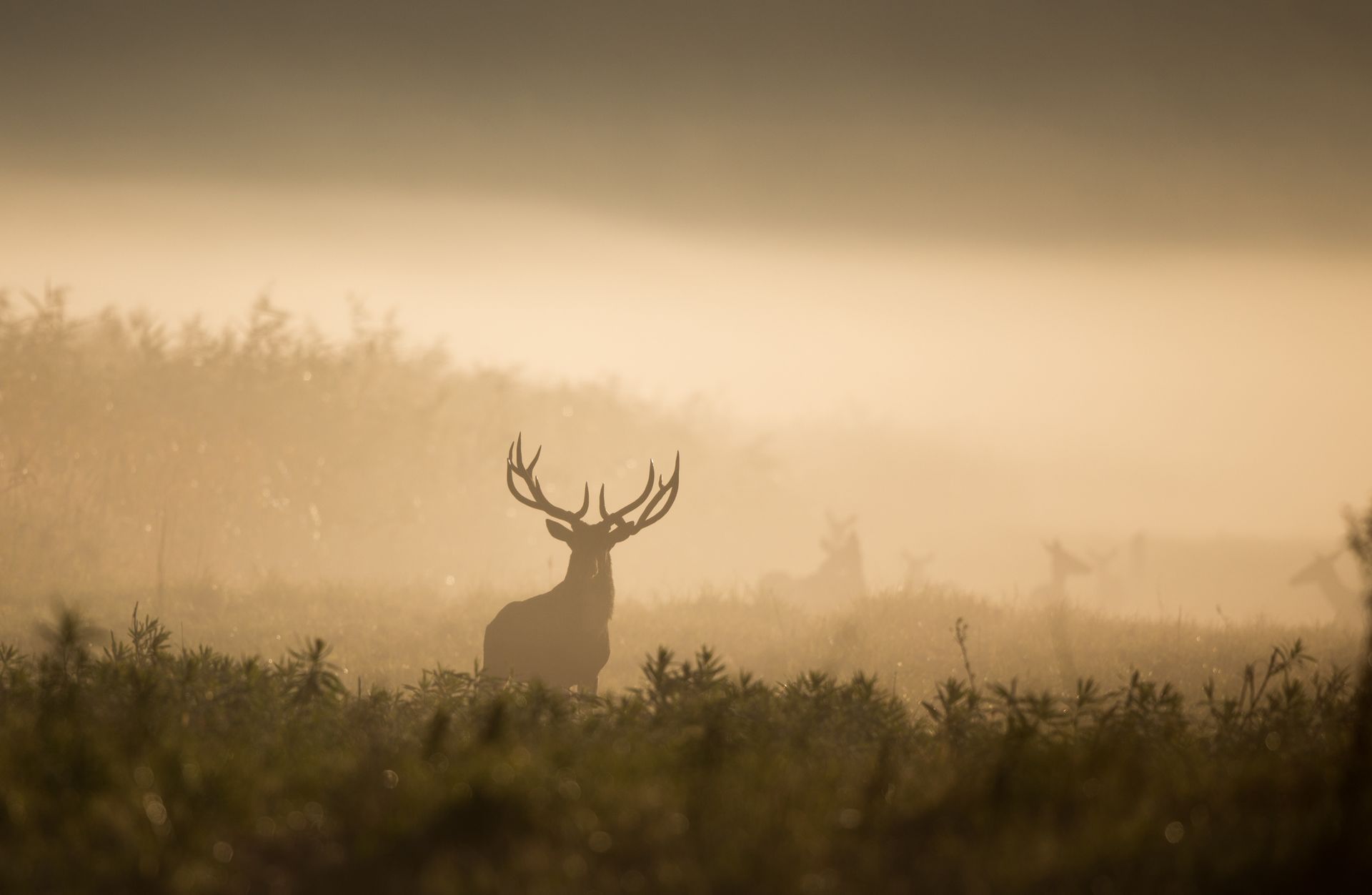
Pennsylvania’s Hunting Seasons
Every state has its own hunting seasons and regulations around hunting. Pennsylvania’s hunting calendar is divided into species-specific seasons, each with unique start and end dates. Many game animals also have separate periods for archery, muzzleloader, and firearms. For example:
- White-tailed Deer: Archery season typically begins in late September, muzzleloader follows in October, and general firearms season runs after Thanksgiving into December. Special late seasons are held in January.
- Black Bear: Firearms season is short and usually occurs in November, with limited archery and muzzleloader opportunities earlier in the fall.
- Wild Turkey: Spring gobbler season runs in May, while the fall season (for either sex) is shorter and varies by Wildlife Management Unit (WMU).
- Small Game: Squirrel, rabbit, and grouse seasons start in autumn and often extend into February.
- Waterfowl and Migratory Birds: Seasons are set annually in cooperation with the U.S. Fish & Wildlife Service and vary by flyway.
- Predators and Varmints: Coyotes may be hunted year-round, while groundhogs are open most of the year except during big game firearms seasons.
Seasons may vary by year, so make sure you
check the seasons and bag limits with the Pennsylvania Game Commission before you hunt.
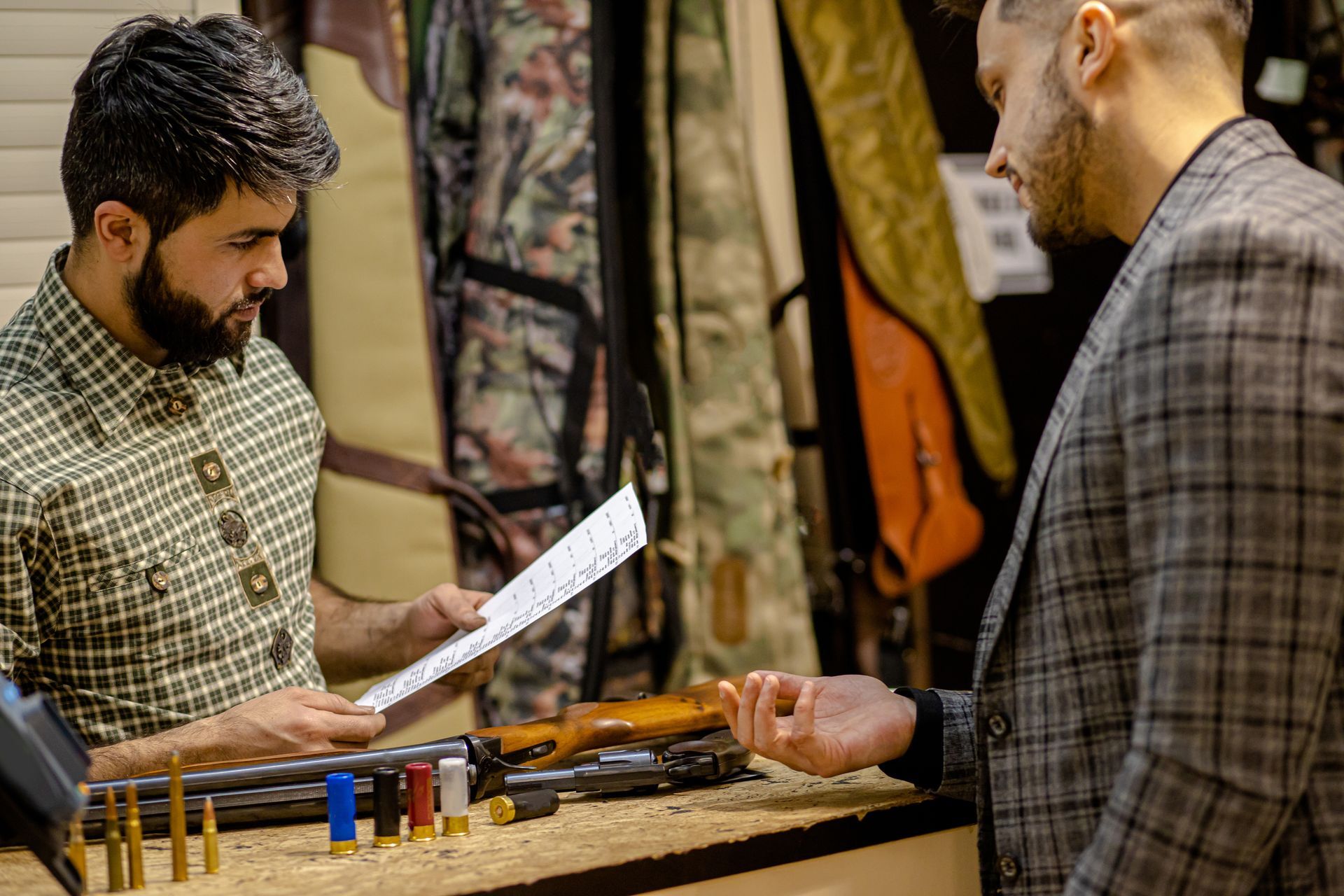
Licenses, Permits, and Tags
Every hunter in Pennsylvania must carry a valid hunting license, but in addition to a hunting license, certain game animals require additional permits or tags. Here’s a quick summary of license and tag rules.
- Hunters must have a valid, up-to-date hunting license
- That license must be on their person when in the field
- All first-time hunters are required to complete basic Hunter-Trapper safety education before they get a hunting or trapping license
- Tags for big game must be filled out immediately upon harvest
- Big game tags must be attached to the animal
Where to buy:
Licenses are available through the
Pennsylvania Game Commission’s website, at county treasurer offices, and at
licensed vendors. Many hunters now prefer the online option, which allows you to purchase and print your license at home.
When to Buy:
General licenses go on sale in June for the upcoming season, while special permits (like antlerless deer tags) have rolling application periods. Planning ahead is crucial, as many tags are on a first-come, first-served, or lottery basis.
What to buy:
There are many types of hunting licenses in Pennsylvania. We recommend starting with the appropriate general hunting license for your residential status, age, and hunting equipment. From there, you can add on (or apply for) any extra licenses, permits, or privileges you’d like.
You can see the
full list of license and permit types on the Commonwealth of Pennsylvania’s website.
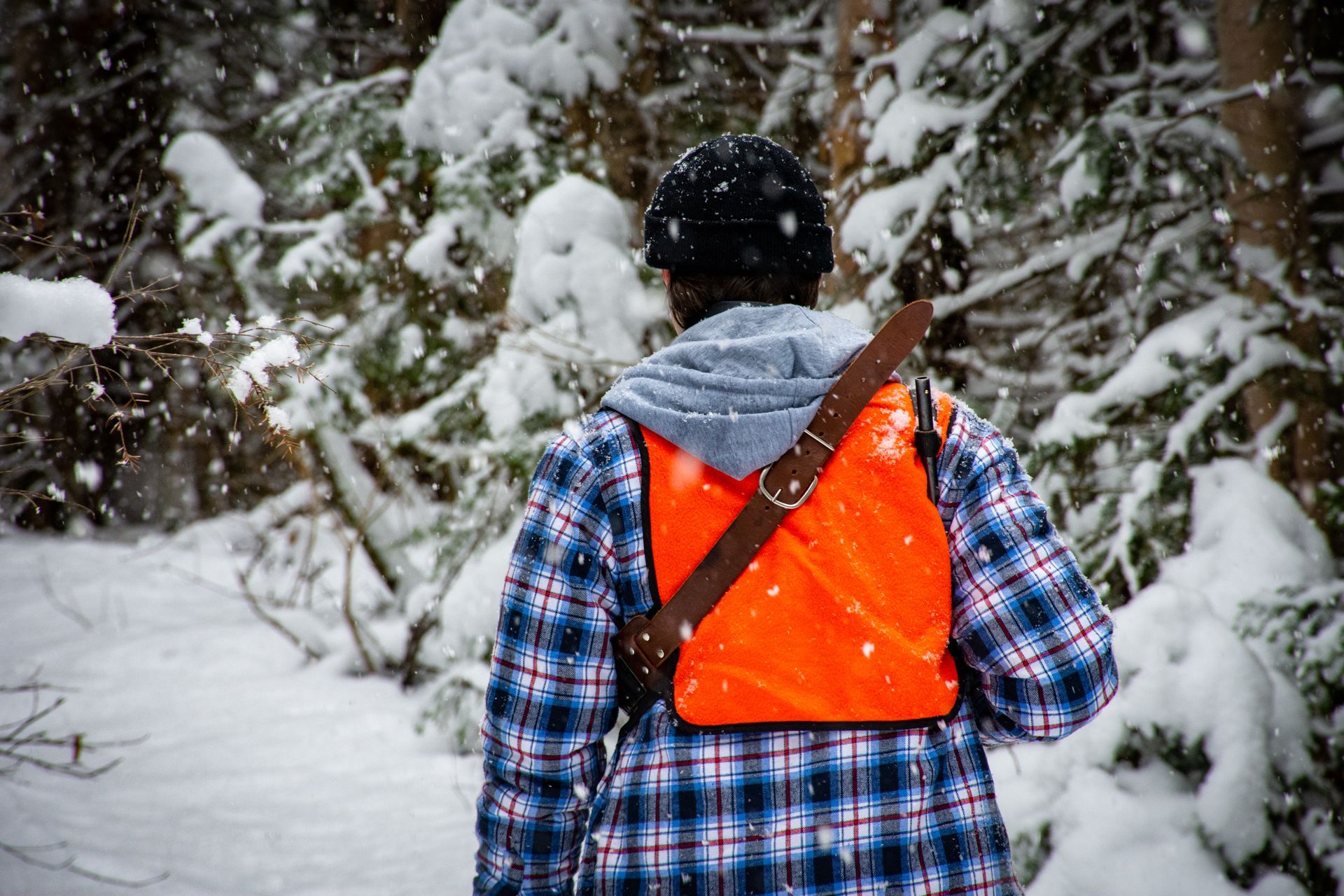
Safety Regulations
Safety should always be a top priority for any outdoorsman. Hunters are responsible for knowing and following these rules to keep themselves and others safe. Pennsylvania enforces strict safety rules, including:
- Hunter safety certification course for all first-time hunters
- Fluorescent orange requirements during certain seasons
- Legal hunting hours are a half-hour before sunrise to a half-hour after sunset
- Restrictions on Sunday hunting dates
- Guidelines for fluorescent displays for blind and enclosed tree stands
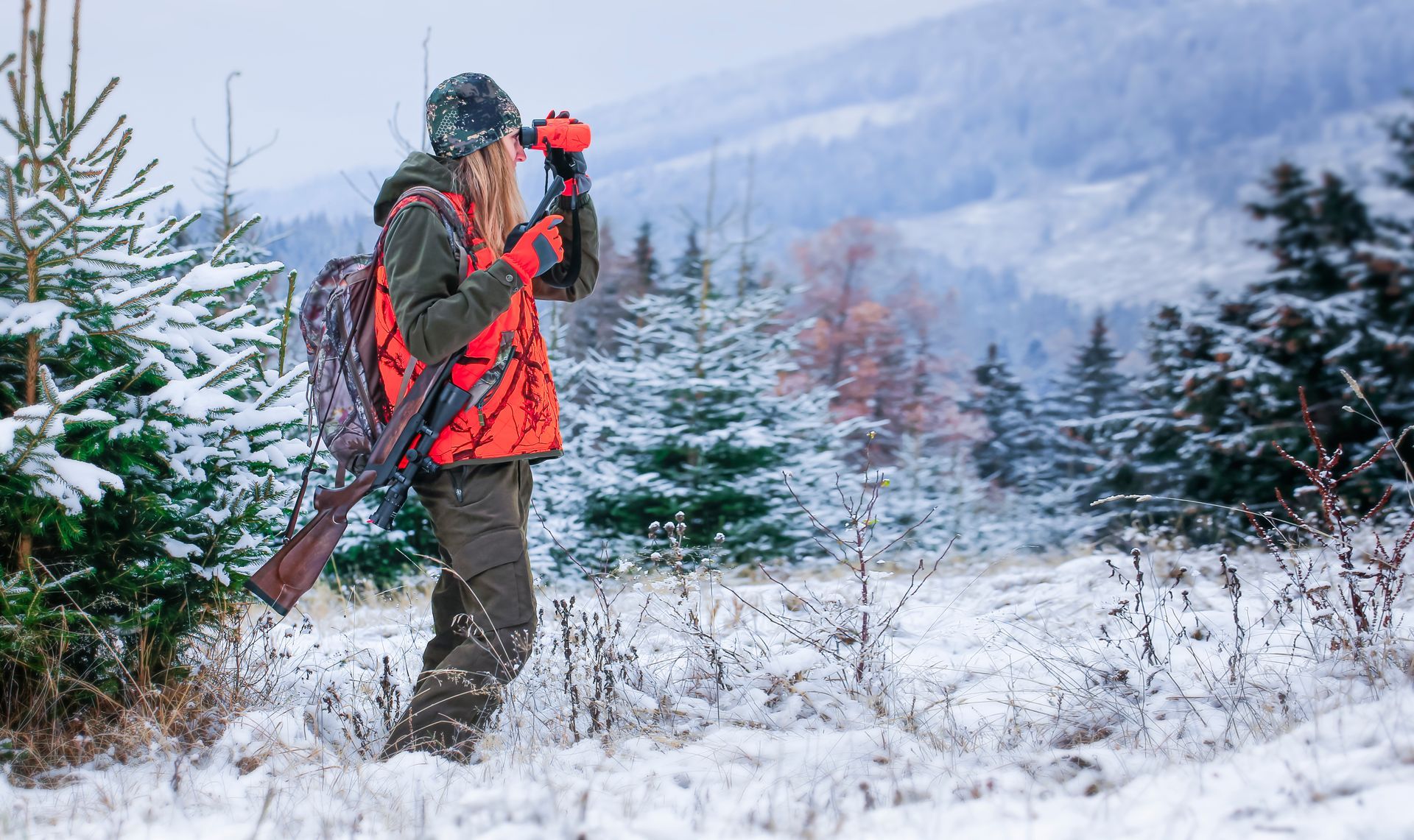
A Year of Hunting
As previously stated, hunting seasons aren’t the same as calendar seasons, but both have their place in planning a hunt. Here’s an overview of what hunting looks like across the year in Central Pennsylvania.
Spring:
Game: Spring gobbler season is the highlight, with hunters testing their calling skills to lure in wild turkeys.
Tips: Scout roosting areas, use camo carefully, and practice patience. Turkeys have sharp eyes and ears, making them a challenging quarry.
Challenges: Muddy terrain and unpredictable weather. Rain, snow, and sleet are common all season.
Summer:
Game: Hunting opportunities are limited in summer, but groundhogs and coyotes are fair game.
Tips: Early mornings and evenings are best for varmints. Light gear and plenty of water are recommended.
Challenges: Little available game, and hot weather offer a less-than-ideal experience for most hunters.
Autumn:
Game: The busiest season, with archery and firearms deer hunting, black bear, and fall turkey. Small game like squirrel, rabbit, and grouse are also plentiful.
Tips: Scout food sources like acorn ridges, hunt the edges of fields and forests, and be prepared for heavy hunter traffic on public lands.
Challenges: Competition from other hunters may limit your intake or frighten game. Temperatures may drop rapidly as the season progresses.
Winter:
Game: Late deer seasons, rabbit, and small game keep the woods alive with activity. Predator hunting for coyotes is also popular.
Tips: Look for bedding areas such as thickets. Approach from the backsides of thickets and position yourself downwind to avoid detection.
Challenges: Hypothermia is a huge concern; dress in warm layers, keep dry, stay hydrated, and eat high-calorie foods.
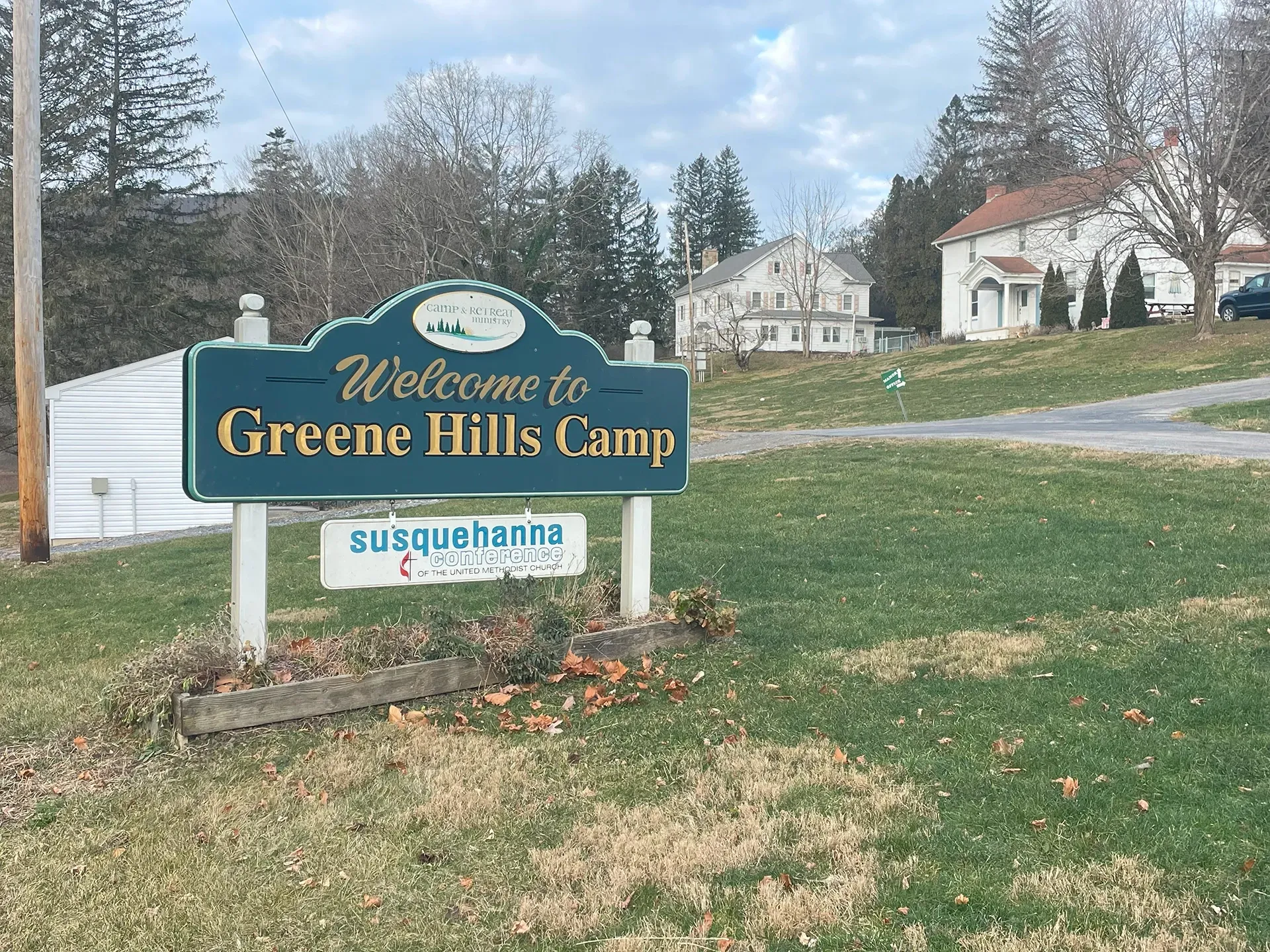
Hunt at Greene Hills Resort
For those who want a comfortable base camp, stay with us at Greene Hills Resort and Campground. With on-site hunting and fishing packages, comfortable lodging, and easy access to nearby state game lands, the resort makes an ideal launch point for a hunting or fishing trip.
Explore the best hunting that Central Pennsylvania has to offer when you book a hunting package with Greene Hills Resort today!

About the Author
Amanda Orban is a local teacher and campground manager in Pennsylvania. In her free time, she loves nothing more than pitching a tent under the stars, hitting scenic trails, and cheering on the Nittany Lions at Penn State.
